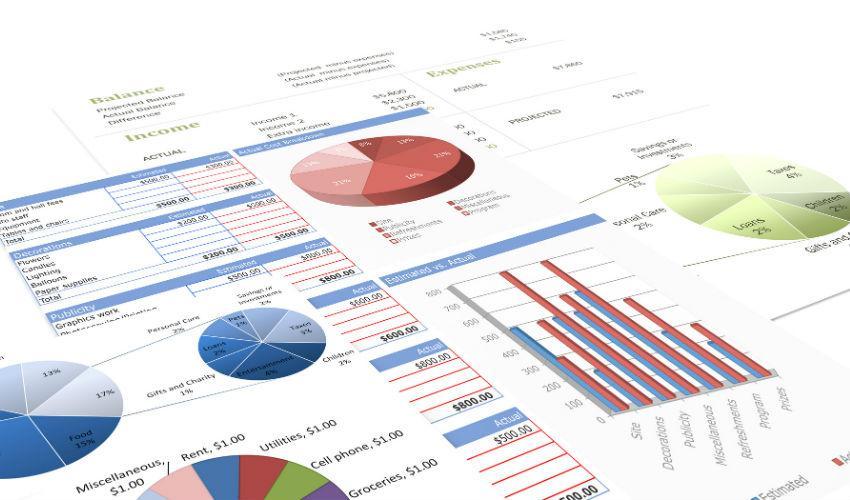
Textual Analysis Reveals Multiple Strategies to Embellish Corporate Reports
EVEN RESPONSIBLE COMPANIES THAT USE INTEGRATED REPORTING (IR) TRY TO AVERT ATTENTION FROM THEIR WEAKNESSES, A STUDY BY CAGLIO, MELLONI AND PEREGO FINDS. BUT DON'T THROW AWAY THE BABY WITH THE BATHWATER: IR IS A GOOD IDEAIn case of suboptimal performance, companies yield to the temptation to tinker with their corporate reports, by adopting strategies aimed at obfuscating bad performances and emphasize the good. That’s true even for the companies participating in the International Integrated Reporting Council Pilot Programme and adopting IR, a cutting-edge attempt to connect a firm’s financial and non-financial performance in a single document, according to an article by Ariela Caglio (Department of Accounting), Gaia Melloni (University of East Anglia) and Paolo Perego (RSM Erasmus University), in the Journal of Accounting and Public Policy. Such disclosure strategies not only depend on the level of firms’ performance, as suggested by previous studies on narrative disclosures, but also on the type of performance (financial versus non-financial) that managers would like to conceal.
Companies have been presenting for years, alongside financial statements, sustainability reports or corporate social responsibility reports, which encompass environmental, social and governance dimensions of a firm’s operations and performance. That’s part of a movement towards voluntary disclosure that critics say has increased the quantity of available information, but not necessarily its quality.
An IR is intended to provide an organization’s value creation story and to stimulate businesses to use integrated thinking to reflect upon how they generate value in the short-, medium- and long-term horizons through a comprehensive range of financial as well as human, intellectual, environmental, social and relational factors. The adoption of IR is further expected to tackle a number of problems presented by conventional, stand-alone sustainability or CSR reports, such as the failure to account for all sources of value creation, the complex interconnections between sustainability and financial performance, and the communication of a company’s business model.
The International Integrated Reporting Council, the global authority on IR, in absence of standards, introduced in 2013 the International Framework, recommending Integrated Reporting to be concise – that is, relatively short and readable – complete and balanced – that is with no bias in the selection or presentation of information.
Through a textual analysis of 148 reports by companies around the world participating in the IIRC Pilot Programme starting from 2013, Ariela Caglio and her coauthors observed that firms struggle to provide reports that follow the guidelines. IRs turn out to be longish (184 pages in average), rather foggy, not complete (they disclose half the ideal non-financial information) and overly optimistic (not balanced).
In particular, firms with weaker financial performances publish integrated reports that are longer, less readable and more optimistic than the rest. Interestingly, they are also more complete in terms of information about non-financial performance, possibly signaling a disclosure strategy aimed at redirecting attention from hard numbers to softer aspects of their performance.
In presence of a weak social performance, reports are foggier (less readable) and less complete. This suggests that firms with low non-financial performance adopt impression management strategies based on syntactical reading ease manipulation and thematic content manipulation, especially focusing on environmental ‘‘fine-tuning”, social and governance topics coverage.
Even IR quality results, thus, to be an issue and management may be induced to bias IRs through obfuscation strategies leveraging on different combinations of, on the one side, quantity and thematic content manipulation (i.e., affecting the amount of disclosure) and, on the other side, syntactical reading ease and verbal tone manipulation (i.e., shaping the style of disclosure).
“As Integrated Reporting is a relatively new idea”, Prof. Caglio says, “we think that a lead-time is probably required to achieve its full potential. IR implementation can be appreciated as a far-reaching learning process for companies and we expect the disclosure quality to improve in the near future. IR quality will ideally bring several benefits to companies, in terms of both improved dialogue with the capital markets and better internal decisions leveraging on new non-financial information and key performance indicators. We have some preliminary evidence on this that looks very promising”.
Gaia Melloni (Norwich Business School), Ariela Caglio (Bocconi University), Paolo Perego (RSM Erasmus University), Saying more with less? Disclosure conciseness, completeness and balance in Integrated Reports, in Journal of Accounting and Public Policy, Vol. 36, Issue 3, May-June 2017, pages 220-238, doi: 10.1016/j.jaccpubpol.2017.03.001
by Fabio Todesco
